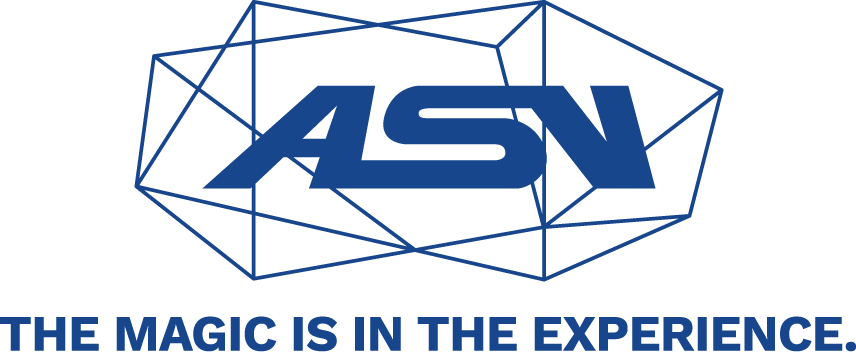For many, the success of a trade show revolves around face-to-face interaction. With the re-emergence of in-person events, people are excited and quick to abandon anything virtual as it conjures up memories of the pandemic. And while this sentiment is understandable, maybe we shouldn't be so quick to "get back to normal." Maybe there are elements of virtual events that are more effective than what attending in person can provide. Maybe elements of virtual trade shows are worth it.
Virtual events have been highly effective in maximizing reach — getting messages across to people unable to attend trade shows in person due to distance, time, and cost constraints. Live Q&As, virtual 1-on-1 meetings, and the opportunity to showcase your expertise with the latest trade show technology trends, such as AR and VR, are also major benefits of a virtual trade show booth.

Since both in-person and virtual events provide unique benefits, why not host a hybrid trade show — one that uses interactive technology to cultivate deeper connections in person? The combination of elements can help you achieve your business goals on a wider scale. Who says you have to pick one or the other?
Here are four considerations before you host a successful hybrid trade show:
1. Examine cost
Adding a virtual component to your trade show will require you to add another line to your budget or reallocate already attributed funds. It will be important to prioritize your spending on virtual features based on your trade show goals. For example, if you're looking to promote a specific product, invest in creating high-quality product demos. If you're looking to expand and connect with an international audience, invest in a live Q&A that anyone around the globe can attend.
2. Know your audienceThe tricky part about navigating a trade show where some of your audience is there in person and some are online is thinking through activities that accommodate both. Generally, in-person attendees have more knowledge and expertise. These are your audience members that are committed to the travel, cost, and time it takes to attend your event. People joining online typically have less buy-in and can easily tune in (and out) from the comfort of their homes. Presenting subjects more technical in nature, such as a new mutual fund, will land better with your in-person audience.
3. Know your staff
Nobody knows the strengths of your team like you do. If you're delegating tasks to your team, stop to think about the skills of each team member. Are some better at addressing technical issues? Are some better at staying focused? Which ones enjoy chatting with others, and in what ways? Dedicate specific members to in-person and virtual elements based on their skill sets. Knowing how in-person and virtual trade shows work will help you know which people need to be where.
4. Consider variations in the buyer's journey
Using a personalized approach for each group, much like tailoring content based on buyer personas, will maximize relevance. For example, a new product demo for a cellphone would be best presented to a virtual audience at specific dates and times in a pre-determined session to maximize participation. On the other hand, well-trained salespeople could talk to in-person attendees individually throughout the day, matching the needs and industries of each attendee's buyer journey.
Now is not the time to go back to how things used to be. Although difficult, the pandemic taught us many things about the value of virtual events that are still relevant today. Find that middle ground and use the tips above to make a lasting impression with people near and far.







